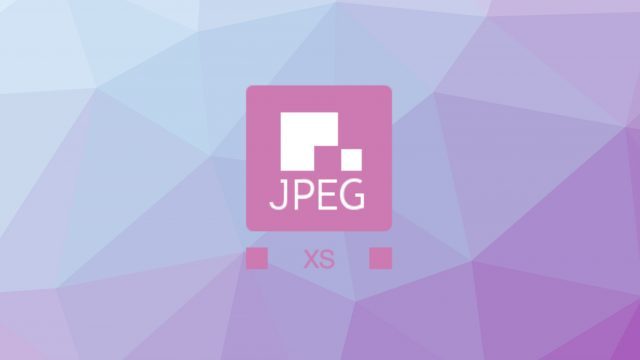This week at NAB Show in Las Vegas, the Joint Photographic Experts Group (JPEG), the international committee behind the titular image compression standard, unveiled JPEG XS, a new format that is touted as a lower energy compression solution that provides higher quality images at low latency over broadband networks such as 5G.
Considering the current state of livestreaming VR video, including 360 & 180-degree video and the burgeoning field of light field-based captures, a new compression standard could mean higher resolutions and frame rates, making better quality streaming VR video a real possibility. 5G networks, which in recent tests have provided users 442 Mbps download speeds, are poised to address some of the underlying issues of streaming VR video quality, but compression, the JPEG XS creators say, is key.
Fraunhofer IIS, one of the co-developers behind JPEX XS, says the new ISO mezzanine codec standard offers “visually lossless quality.” The new standard supports to 8K and features a frame rate from 24 to 120fps. Compression ratios range up to 6:1.
“For the first time in the history of image coding, we are compressing less in order to better preserve quality, and we are making the process faster while using less energy,” says working group head Professor Touradj Ebrahimi in a prepared statement. “We want to be smarter in how we do things. The idea is to use less resources, and use them more wisely. This is a real paradigm shift.”


While JPEX XS looks to supplant JPEG, it isn’t going to do so overnight though:
“In the immediate future, JPEG XS will be put to use in professional applications like movie editing, space imagery and professional-grade cameras. Consumer electronics will come next, including self-driving cars, virtual reality, augmented reality, and wireless connections between multimedia devices and TV monitors or projectors,” says Professor Ebrahimi. “To be able to use JPEG XS, consumers will need to own the next generation of devices. In terms of software, they will probably just need to run an update, like they do from time to time on their computers and smartphones anyway.”
The multimedia industry is currently awaiting final approval by the member states of the International Organization for Standardization (ISO). Once that is obtained, JPEG XS-based products and services can be launched.

